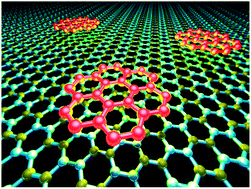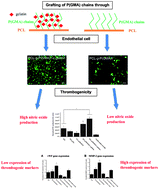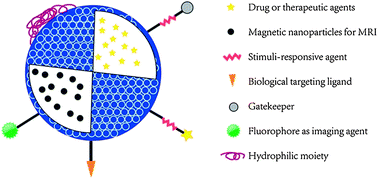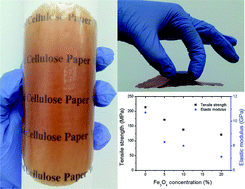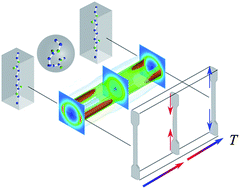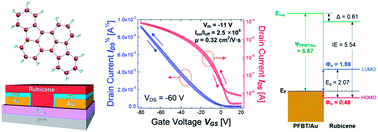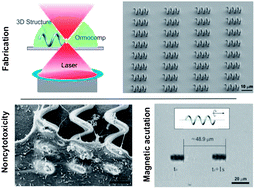On behalf of the Journal of Materials Chemistry Executive Editorial Board we are delighted to announce Professor Henry Snaith is the winner of the Journal of Materials Chemistry Lectureship 2014.
Professor Snaith is the fifth winner of the Journal of Materials Chemistry Lectureship. The Journal of Materials Chemistry Executive Editorial Board chose Professor Snaith in recognition of the remarkable contribution he has made to the materials chemistry field.
This annual lectureship honours a younger scientist who has made a significant contribution to the field of materials chemistry. Further details of the Lectureship, including the lecture location, will be announced in due course.
Also of interest: You can now read all three of the 2014 Emerging Investigators Issues of Journal of Materials Chemistry A, B and C, which highlight the work of emerging investigators across the field of materials chemistry. There are a mix of review-type articles, Communications and Full Papers, as well as Profile articles showcasing the authors.
Follow the latest journal news on Twitter @JMaterChem or go to our Facebook page.













